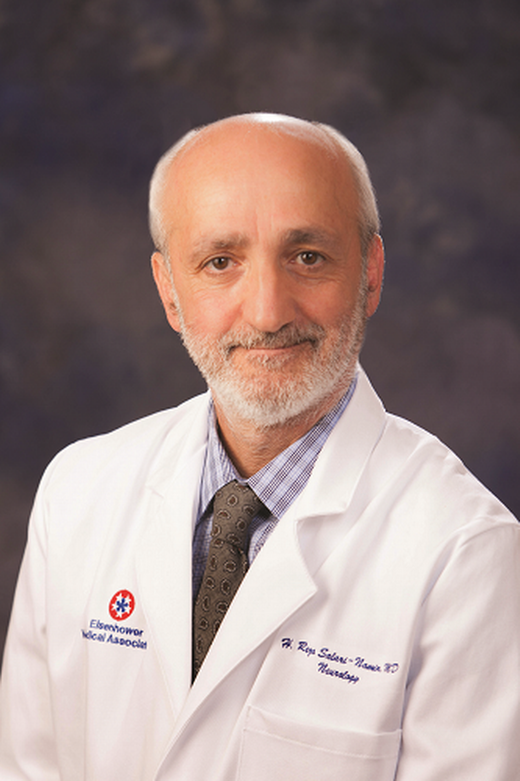A Wake-up Call About Wake-up Stroke

An ischemic stroke occurs when a blood vessel in the brain is blocked by a blood clot. The only FDA-approved nonsurgical treatment for this type of stroke is to intravenously administer a clot-busting drug called tissue plasminogen activator (tPA). This thrombolytic therapy can help dissolve the blood clot, restore blood flow to the brain (what’s known in medical terms as reperfusion) and lessen the brain damage that a stroke can cause.
But there’s a catch.
To be effective, tPA must be administered within 4.5 hours after time of onset of stroke symptoms. That’s why it’s critical to seek medical attention as soon as someone starts to exhibit the signs of a stroke [see sidebar for a list of what these stroke signs and symptoms are].
In an estimated 20 percent of cases, however, a stroke occurs while a person is asleep at night. They go to bed feeling fine but awaken with stroke symptoms. This phenomenon, known as “wake-up stroke,” creates a significant challenge for physicians who treat stroke. Hamid Salari, MD, who is Board Certified in Neurology, Psychiatry and Vascular Neurology and who specializes in stroke care as a member of Eisenhower Neuroscience Institute, explains:
“When a person goes to bed feeling normal but wakes up in the morning with stroke symptoms, we don’t know the exact time those symptoms began,” he says. “If tPA is administered too long after the approved treatment window, there is a danger of bleeding since the stroke is already established.
Time is brain
“Plus, the more time that passes after symptom onset, the worse the prognosis becomes for the patient since time is brain,” he continues. “Time is brain” refers to how a stroke starves brain tissue of life-sustaining oxygen, causing it to start dying in as few as four minutes after the beginning of a stroke. And when brain tissue dies, it’s gone for good. So the faster one recognizes the symptoms of stroke and gets medical help, the better the chances for preventing brain damage, disability and even death. Early intervention can prevent or reduce the degree of debilitating neurological deficits that stroke brings, in addition to preventing death.
When someone presents at the hospital with stroke symptoms, the first order of business is to quickly perform diagnostic imaging to determine the type of stroke they are having, which determines how the patient is treated. Ischemic strokes are the most common, accounting for about 85 percent of all strokes.
“We do a CT angiogram to evaluate all the arteries and simultaneously perform CT perfusion,” Dr. Salari says. CT perfusion imaging provides information on the delivery of blood flow to the brain.
But with wake-up strokes, magnetic resonance imaging (MRI) plays a vital role in this evaluation. MRI can detect ischemic stroke within the first few hours of onset. And it can differentiate between areas of the brain that are adequately supplied (perfused) with blood and which areas are at risk but still salvageable if they are reperfused. This at-risk area is called the penumbra.

An embolectomy involves threading a catheter up to the arteries in the brain where the doctor carefully extracts the clot using suction or a stent-like device and removes it from the body, restoring blood flow.
“This enables us to save the brain from further damage before the stroke is complete,” Dr. Salari says. It can also save a patient’s life.
This underscores why, when someone exhibits signs of a stroke, it is imperative to get the patient to a hospital that has all these resources in place — and to do so quickly.
In April 2009, Eisenhower Health became the first hospital in Riverside and San Bernardino counties to be designated a Certified Primary Stroke Center by The Joint Commission. Eisenhower has also earned Advanced Primary Stroke Center certification, indicating Eisenhower has multiple stroke care resources in place, including 24/7 access to qualified medical professionals trained in stroke care. These include neurologists, interventional radiologists, neurosurgeons, hospitalists, nurse practitioners, emergency physicians and specialty-trained nurses.
Eisenhower also is ranked High Performing in Stroke by U.S. News & World Report. Hospitals that earn



